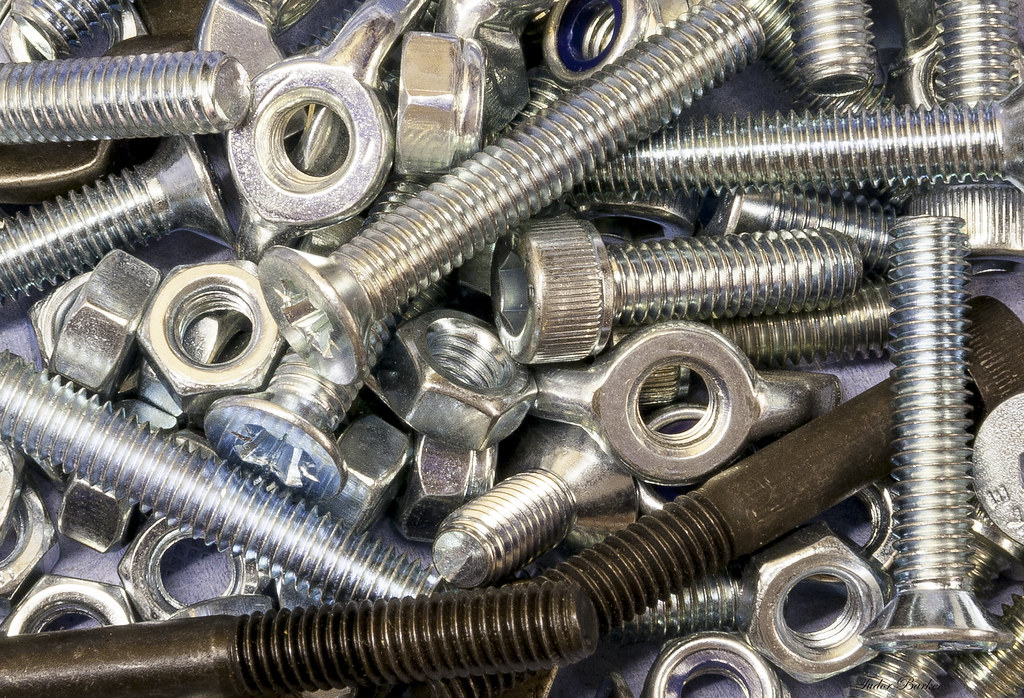Screw Sizes For Woodworkers
Screws are a staple of woodworking and can make or break a project. Knowing how to select the right screws for a task is essential, and will ensure that they stay securely fastened for a long time.
The first measurement listed on a screw is its gauge, also known as major diameter. It ranges from 2 to 16.
Length
The length of a screw is the distance from its head to the tip of the threads. It is not as easy to determine the correct length for wood screws as it is for machine screws. For some screw types, such as truss, round-, hex, and button-head screws, it is necessary to take into account whether or not the screw will be countersunk.
The screw’s length is also affected by its diameter and head design. A general rule of thumb is to select a screw that is about half the length of the material it will be fastening into. This ensures that the screw will be able to anchor properly and not extend beyond the edge of the material, where it could cause damage.
Diameter
The diameter of a screw refers to the size of the threaded portion of its shaft. It is measured in fractions of an inch and typically appears as the first number listed on a screw sizing chart.
This measurement is important because it affects the strength of a screw as well as its ability to penetrate and hold materials. In addition, the diameter of a screw is affected by its thread pitch.
For instance, a screw with a smaller pitch has coarser threads than a screw with a larger pitch. Knowing the right measurements for your screw size will help you select the best screws for the job and avoid any issues during installation. The right screw size will save you time, effort and money on your project.
Threads
The threads of a screw have important effects on a screw’s strength, especially in terms of stress concentration. It’s important to know which thread size you’re dealing with and how it affects your project.
The major diameter of a thread is the larger of two extremes delimiting the height of its profile when seen in cross-section. The minor diameter is the lower extreme; it cannot be measured directly as it’s obstructed by the threads, but can be tested with go/no-go gauges or optical comparators.
Industry standards establish tolerance ranges for these dimensions to provide classes of fit. There are also standard thread pitch classifications – coarse and fine, for instance – that determine the spacing between adjacent threads. This is important because it allows you to choose the appropriate screws for your project.
Rounded Heads
Many woodworkers struggle to understand what their plans, instructions or specs mean when they refer to a particular kind and size of screw. Using the right kind of screw for a specific job helps you avoid extra expenses and potential damage to your project.
When measuring a screw head, you want to measure the distance from where the oval top would rest on the surface to the tip of the screw. This is called the major diameter and it affects the screw size. You can also find this measurement by examining the screw box or using a gauge guide. Some common types of heads are pan, oval undercut and round head screws. They are used in different situations and provide various appearance options for a wide range of applications.
Gauge
When choosing a screw, it is important to consider its gauge. This number indicates what kind of screw it is and how tight or loose the fit will be. It is also a good indicator of the strength of the screw.
The gauge of a screw is based on two parameters, pitch and least count. The pitch of a screw gauge is the number of divisions on its circular scale that coincide with the main scale line and is calculated as follows:
The least count of a screw gauge is the smallest measurement it can accurately record. This is determined by the number of circular scale divisions that coincide with the base line and is calculated as follows:1/4″ to mm

